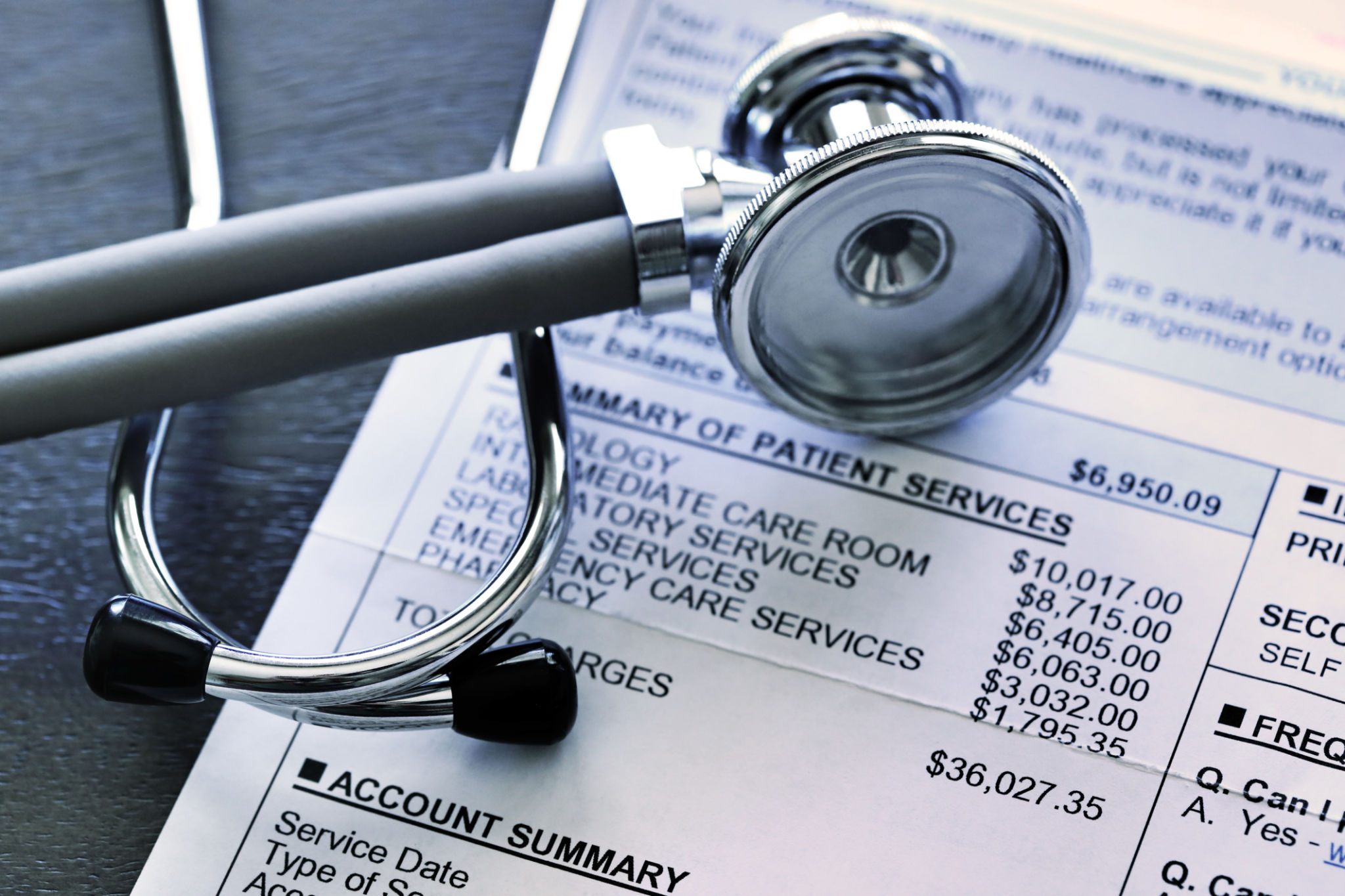Expert Tips for Streamlining Your Medical Billing Process
Understanding the Challenges in Medical Billing
The medical billing process is a complex and often cumbersome aspect of healthcare management. It involves numerous steps from patient registration to reimbursement collection, each of which requires precision and compliance with regulations. Many healthcare providers find themselves bogged down by the intricacies of coding, insurance claims, and patient invoicing, leading to inefficiencies and lost revenue.
One major challenge is the frequent updates to billing codes and guidelines. Keeping up-to-date with these changes is essential to avoid costly errors. Additionally, ensuring timely claim submissions and managing denials can be overwhelming without a streamlined system in place.

Implementing Automation in Billing Processes
Embracing automation can significantly enhance the efficiency of your medical billing process. Automated billing software can handle routine tasks such as data entry, code verification, and claim submission, reducing the likelihood of human error. This allows billing staff to focus on more complex cases that require personalized attention.
When choosing billing software, look for features such as real-time eligibility checks, electronic remittance advice, and automated reminders for pending claims. These functionalities help in minimizing delays and improving cash flow.

Effective Training for Billing Staff
A well-trained billing team is crucial for streamlining the medical billing process. Regular training sessions should be conducted to keep staff updated on the latest coding standards and compliance requirements. Investing in continuous education ensures that your team is equipped to handle any challenges that arise.
Consider setting up a mentorship program where experienced staff members can guide newer employees through complex billing scenarios. This not only enhances team collaboration but also ensures consistency in handling billing tasks.
Enhancing Communication with Patients
Clear communication with patients about their billing responsibilities can prevent misunderstandings and ensure timely payments. Providing detailed breakdowns of charges and explaining insurance coverages can help patients understand their financial obligations.
Implementing a patient portal where individuals can easily access their billing information, check balances, and make payments online can further streamline the process. This digital approach not only improves patient satisfaction but also reduces administrative burdens.

Regular Review and Audit of Billing Processes
Conducting regular audits of your billing processes helps identify areas for improvement and ensures compliance with industry standards. Audits can reveal patterns of recurring errors, allowing you to address and rectify them promptly.
Establish a schedule for periodic reviews of your billing practices and involve all relevant stakeholders in the process. This collaborative approach fosters transparency and encourages a culture of continuous improvement within your organization.
Establishing a Comprehensive Denial Management Strategy
A proactive denial management strategy is essential to streamline your medical billing process. Analyzing denial trends can help identify common issues and develop targeted solutions to prevent future occurrences. Efficient tracking systems should be in place to monitor denied claims and follow up with payers promptly.
Utilize a denial management team that specializes in appealing denied claims and negotiating with insurance companies. Their expertise can lead to increased recovery rates and decreased time spent on resolving disputes.

Optimizing Revenue Cycle Management
Effective revenue cycle management (RCM) is integral to a streamlined medical billing process. RCM encompasses the entire lifecycle of a patient account, from initial contact to final payment. By optimizing each step of this cycle, healthcare providers can maximize revenue and reduce administrative costs.
Integrating RCM solutions with existing electronic health records (EHR) systems can provide a comprehensive view of financial performance and enable better decision-making. This holistic approach ensures that all aspects of the billing process are aligned for maximum efficiency.
Conclusion
Streamlining your medical billing process is essential for improving operational efficiency and ensuring financial stability. By implementing automation, investing in staff training, enhancing patient communication, conducting regular audits, managing denials effectively, and optimizing revenue cycle management, healthcare providers can overcome common billing challenges and achieve long-term success.
Remember, continuous evaluation and adaptation are key to maintaining an efficient billing system that meets the evolving needs of the healthcare industry. By prioritizing these strategies, you'll be well on your way to a more streamlined and successful medical billing process.